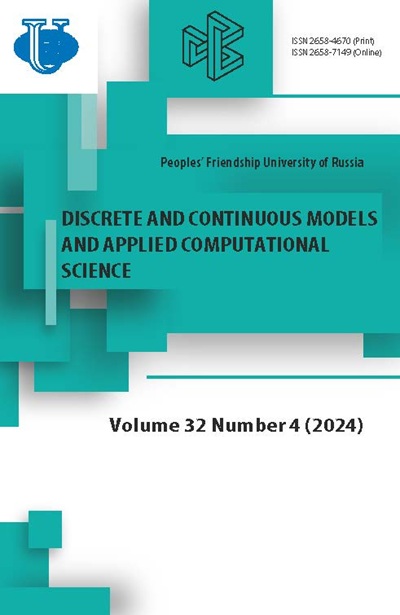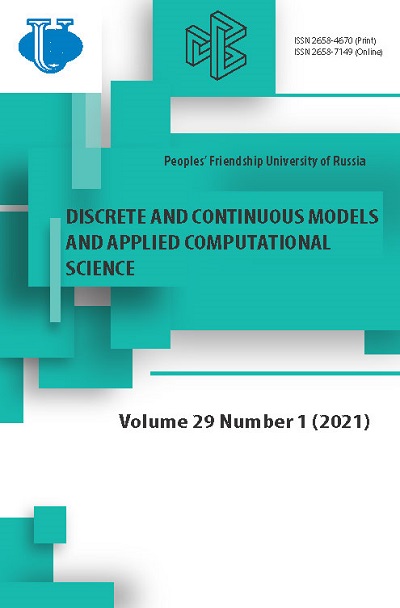Численное моделирование тепловых процессов, возникающих в материалах при воздействии фемтосекундных лазерных импульсов
- Авторы: Амирханов И.В.1, Саркер Н.Р.1, Сархадов И.1
-
Учреждения:
- Лаборатория информационных технологий Объединенный институт ядерных исследований
- Выпуск: Том 29, № 1 (2021)
- Страницы: 5-13
- Раздел: Статьи
- URL: https://journals.rudn.ru/miph/article/view/26136
- DOI: https://doi.org/10.22363/2658-4670-2021-29-1-5-13
Цитировать
















